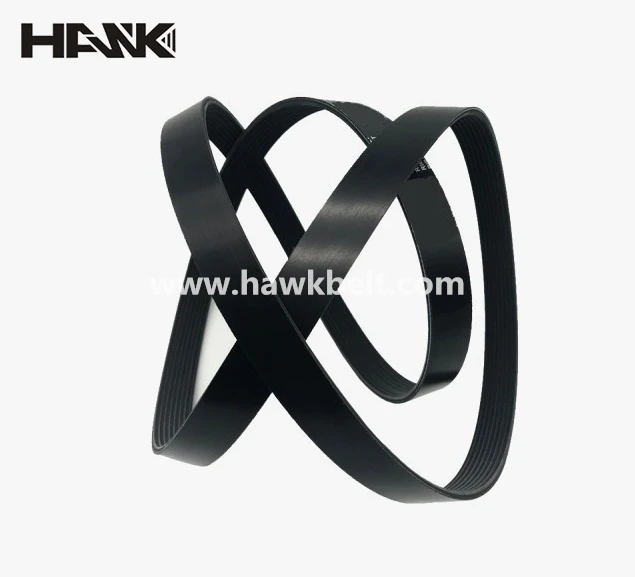- Arabic
- French
- Russian
- Spanish
- Portuguese
- Turkish
- Armenian
- English
- Albanian
- Amharic
- Azerbaijani
- Basque
- Belarusian
- Bengali
- Bosnian
- Bulgarian
- Catalan
- Cebuano
- Corsican
- Croatian
- Czech
- Danish
- Dutch
- Afrikaans
- Esperanto
- Estonian
- Finnish
- Frisian
- Galician
- Georgian
- German
- Greek
- Gujarati
- Haitian Creole
- hausa
- hawaiian
- Hebrew
- Hindi
- Miao
- Hungarian
- Icelandic
- igbo
- Indonesian
- irish
- Italian
- Japanese
- Javanese
- Kannada
- kazakh
- Khmer
- Rwandese
- Korean
- Kurdish
- Kyrgyz
- Lao
- Latin
- Latvian
- Lithuanian
- Luxembourgish
- Macedonian
- Malgashi
- Malay
- Malayalam
- Maltese
- Maori
- Marathi
- Mongolian
- Myanmar
- Nepali
- Norwegian
- Norwegian
- Occitan
- Pashto
- Persian
- Polish
- Punjabi
- Romanian
- Samoan
- Scottish Gaelic
- Serbian
- Sesotho
- Shona
- Sindhi
- Sinhala
- Slovak
- Slovenian
- Somali
- Sundanese
- Swahili
- Swedish
- Tagalog
- Tajik
- Tamil
- Tatar
- Telugu
- Thai
- Turkmen
- Ukrainian
- Urdu
- Uighur
- Uzbek
- Vietnamese
- Welsh
- Bantu
- Yiddish
- Yoruba
- Zulu
Dis . 03, 2024 18:14 Back to list
Exploring the Advantages and Applications of Flat Belt Systems in Various Industries
Understanding Flat Belts A Key Component in Mechanical Systems
Flat belts have long been a staple in the field of mechanical engineering and industrial operations. Their significance extends beyond mere functionality; they embody a blend of design simplicity, efficiency, and durability. This article elaborates on the characteristics, applications, advantages, and considerations associated with flat belts, providing insights into their critical role in various mechanical systems.
What Are Flat Belts?
Flat belts are continuous, flexible bands made from materials such as rubber, leather, or synthetic compounds. They are designed to transmit power between pulleys in machinery. Typically characterized by their flat profiles—hence the name—these belts run in a straight line between two or more pulleys, which can be positioned at varying distances apart depending on the design of the mechanical system.
Characteristics of Flat Belts
1. Material Composition Flat belts can be manufactured from several materials, including leather, natural rubber, and synthetic polymers like polyester and nylon. Each material imparts unique properties such as flexibility, strength, and resistance to wear and tear.
2. Width and Thickness The dimensions of flat belts can vary significantly based on the application. Wider and thicker belts can transmit greater power, making them suitable for heavy-duty applications.
3. Surface Finish The surface of flat belts can be smooth or textured depending on the desired grip and friction coefficient. A textured surface can enhance traction and reduce slippage during operation.
Applications of Flat Belts
Flat belts are widely used across various industries due to their versatility. Common applications include
- Manufacturing Equipment In factories, flat belts often connect motors to machinery like lathes, saws, and conveyors, enabling the transfer of mechanical power to operate these tools.
- Automobile Systems Many automotive applications utilize flat belts for timing mechanisms and accessory drives, ensuring synchronized operation of critical components such as alternators and water pumps
.- Agricultural Machinery In the agricultural sector, flat belts can be found in equipment such as combines and tractors, where they facilitate the efficient transfer of power for various functions.
flat belts

- Textile Industry The textile industry also extensively employs flat belts for driving looms and other fabric processing machines, allowing for continuous operation with minimal disruptions.
Advantages of Flat Belts
1. Cost-Effectiveness Flat belts are often more economical compared to other types of belt systems (like V-belts or timing belts), making them an attractive option for both manufacturers and maintenance operations.
2. Flexibility and Adaptability Their design allows flat belts to accommodate various pulley sizes and configurations, which can be crucial for custom or evolving mechanical setups.
3. Low Maintenance Flat belts typically require less maintenance than other power transmission methods, as they are less prone to issues such as wear and misalignment.
4. Quiet Operation Compared to chain drives and other mechanical linkages, flat belts operate more quietly, which can be a significant advantage in noise-sensitive environments.
Considerations When Using Flat Belts
While flat belts offer a multitude of benefits, it is essential to consider certain factors when incorporating them into a mechanical system
- Load Capacity Proper sizing and selection based on the load requirements are crucial to avoid failure during operation.
- Tensioning Correct tensioning is vital to prevent slippage and ensure efficient energy transfer, necessitating periodic adjustments.
- Environmental Conditions Exposure to moisture, extreme temperatures, or chemical substances can degrade flat belt materials, potentially leading to premature failure.
Conclusion
In summary, flat belts play an indispensable role in mechanical systems across numerous industries. Their unique characteristics, coupled with their versatile applications and advantages, make them a fundamental component in the realm of power transmission. As the industrial landscape evolves, the significance of flat belts remains steadfast, underscoring their timeless relevance in modern engineering solutions. Whether for heavy machinery or intricate automotive systems, understanding and utilizing flat belts effectively can lead to enhanced efficiency and reliability.
-
Korean Auto Parts Timing Belt 24312-37500 For Hyundai/Kia
NewsMar.07,2025
-
7PK2300 90916-T2024 RIBBED BELT POLY V BELT PK BELT
NewsMar.07,2025
-
Chinese Auto Belt Factory 310-2M-22 For BMW/Mercedes-Benz
NewsMar.07,2025
-
Chinese Auto Belt Factory 310-2M-22 For BMW/Mercedes-Benz
NewsMar.07,2025
-
90916-02660 PK Belt 6PK1680 For Toyota
NewsMar.07,2025
-
drive belt serpentine belt
NewsMar.07,2025

